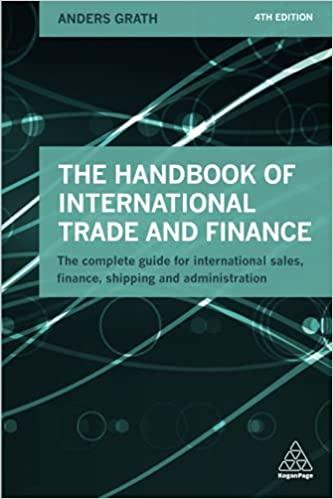 PLEASE ANSWER G-J ASAP
PLEASE ANSWER G-J ASAP
Provide an evaluation of two proposed projects, both with 5-year expected lives and identical initial outlays of $110,000. Both of these projects involve additions to Caledonia's highly successful Avalon product line, and as a result, the required rate of return on both projects has been established at 11 percent. The expected free cash flows from each project are shown in the popup window: In evaluating these projects, please respond to the following questions: a. Why is the capital-budgeting process so important? b. Why is it difficult to find exceptionally profitable projects? c. What is the payback period on each project? If Caledonia imposes a 4-year maximum acceptable payback period, which of these projects should be accepted? d. What are the criticisms of the payback period? e. Determine the NPV for each of these projects. Should either project be accepted? 1. Describe the logic behind the NPV. g. Determine the Pl for each of these projects. Should either project be accepted? Data Table h. Would you expect the NPV and Pl methods to give consistent accept reject decisions? Why or why not? i. What would happen to the NPV and Pl for each project if the required rate of return increased? If the required rate of return decreased? j. Determine the IRR for each project. Should either project be accepted? Caledonia should accept project A because its NPV is greater than or equal to zero. (Select from the drop-down menus.) (Click on the following icon in order to copy its contents into a spreadsheet.) PROJECT A What is the NPV of project B? PROJECT B Initial outlay - $110,000 - $110.000 S 74,794.85 (Round to the nearest cent.) Inflow year 1 30.000 50,000 Inflow year 2 40,000 50,000 Caledonia should accept project B because its NPV is greater than or equal to zero. (Select from the drop-down menus.) Inflow year 3 50,000 50,000 Inflow year 4 50,000 50.000 f. Which of the following statements best describes the logic behind the NPV? (Select the best choice below.) Inflow year 5 60,000 50.000 Print int Do Done O A. The net present value technique calculates the ratio of the present value of the future free cash flows to the initial outlay. B. The net present value technique discounts all the benefits and costs in terms of cash flows back to the present and determines the OC. The net present value technique computes the number of years it takes to recapture a project's initial outlay using discounted cash flows. OD. The net present value technique finds the discount rate that equates the present value of the project's free cash flows with the project's initial cash outlay. g. What is the P/ for project A? (Round to three decimal places.) Enter your answer in the answer box and then click Check Answer. ? ? 11 parts remaining Clear All Check
 PLEASE ANSWER G-J ASAP
PLEASE ANSWER G-J ASAP





